Tapping into cave tourism in Lang Son Geopark
With its unique topography, geological features and cultural diversity, Lang Son Geopark has been recognised as a UNESCO Global Geopark. Lang Son Geopark has approximately 200 caves and many beautiful waterfalls. This represents significant potential for tourism development. Lang Son Province is implementing various measures to unlock this potential.
Lang Son Geopark covers a total area of about 4,800 square kilometres with a population of approximately 627,500 people (accounting for 58% of the province’s area and 78% of its population). This makes it one of the largest geoparks in Vietnam.
 |
|
Lang Son Geopark has an exotic cave system. |
Lang Son Geopark has numerous impressive and extensive caves with considerable length, containing various well-preserved stalactite formations.
Many fascinating caves, such as Tham Khoach, Lac and Doi, are the result of underground rivers from the past. Numerous caves also contain valuable archaeological, cultural and historical relics like Tham Khuyen - Tham Hai Cave, Keo Leng Cave, Wind Cave, and Nhi - Tam Thanh Cave.
Among these are prehistoric sites that demonstrate the long history of human habitation in Vietnam.
Tran Thi Bich Hanh, Deputy Director of the Lang Son Investment, Trade and Tourism Promotion Centre, described Lang Son Geopark as a gem in Vietnam’s northern mountainous region, with a journey spanning 500 million years of life evolution. From ancient seas to volcanic landscapes, every aspect of Lang Son Geopark tells a unique story.
Besides its geological and geomorphological values, Lang Son Geopark also makes a strong impression with its cultural heritage. Spiritual life in Lang Son Geopark is deeply rooted in the Mother Goddess religion, a belief system recognised by UNESCO as an intangible cultural heritage of humanity.
The harmonious combination of natural history, cultural diversity and spiritual traditions makes Lang Son Geopark a unique destination for exploration.
On September 8, 2024, during the 8th International Conference of the UNESCO Global Geoparks Network for the Asia-Pacific region, the UNESCO Global Geoparks Council unanimously agreed to recognise Lang Son Geopark as a UNESCO Global Geopark.
Lang Son Province is expected to receive the UNESCO title in Chile in September of this year. Two months later, in November, Lang Son is scheduled to organise a ceremony to officially receive the UNESCO Global Geopark designation.
Lang Son Geopark has established four tourist routes with 38 attractions under the theme “The Evolution of Life in the Sacred Land”. Each route has its own distinctive features, initially attracting domestic and international tourists. However, reality also shows that Lang Son Geopark still has considerable untapped potential for tourism development.
One direction that could be intensified soon is cave exploration tourism, as the geopark has a rich and unique cave system with magnificent natural landscapes.
However, the challenge is exploiting these resources sustainably, properly managing the heritage value, and ensuring safety when developing tourism services.
The roundtable discussion on developing cave exploration tourism in Lang Son Geopark, organised by the Lang Son Investment, Trade and Tourism Promotion Centre, attracted the attention of many scientists and tourism experts.
Affirming that tourism development is necessary, Associate Professor Tran Tan Van at the Institute of Geosciences and Mineral Resources suggested that in limestone regions, groundwater in some areas is very susceptible to pollution, while other areas are less sensitive.
Therefore, comprehensive land use planning is needed to protect groundwater in limestone regions. Caves should be surveyed and inventoried as a basis for management.
The best approach to managing the impact of cave use and exploration is to develop a long-term strategic plan with participation from all stakeholders. Guides and cave exploration service providers need proper safety and cave conservation training.
Dr Mai Thi Phuong from the Vietnam National University of Agriculture suggested applying a circular economy model for adventure tourism development in Lang Son Geopark. In addition to addressing waste and resource management, Lang Son Province needs to design tourism products with a circular approach to minimise negative environmental impacts while enhancing visitor experiences.
Examples include organising controlled eco-tourism tours, cave exploration, and mountain climbing to limit erosion and protect ecosystems; encouraging the use of environmentally friendly transport modes such as electric vehicles and bicycles within the park; creating souvenirs from recycled materials or sustainable local resources. Additionally, there is a need to develop sustainable tourism supply chains and raise community awareness.
Furthermore, many experts offered opinions on developing souvenir products with local cultural characteristics and solutions to combine exploitation with conservation of natural and cultural heritage. This provides a foundation for Lang Son to apply to tourism development, especially cave exploration tourism, in the coming period.
Photo: Lang Son Geopark has an exotic cave system.
 Bắc giang
Bắc giang
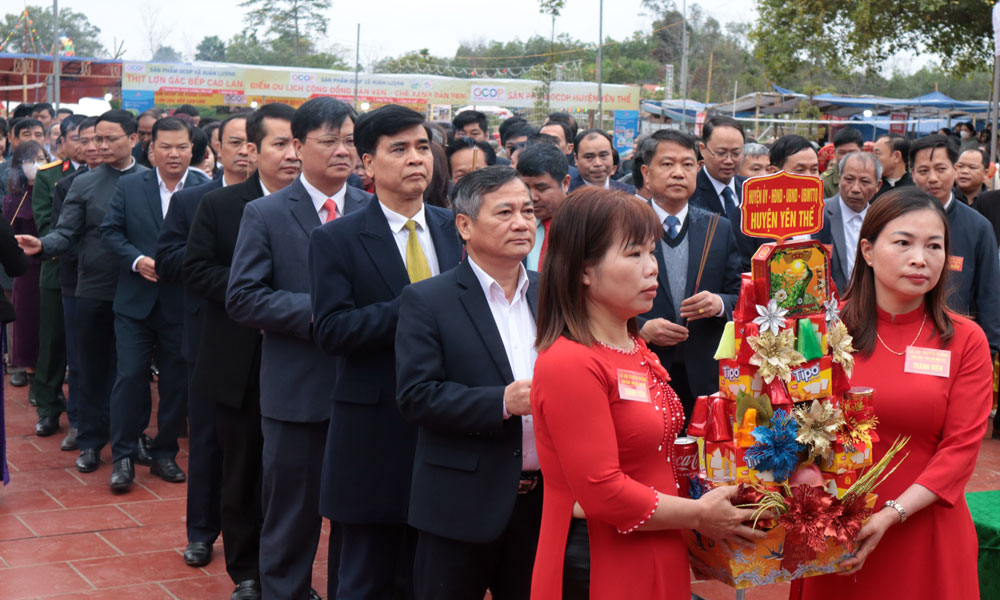

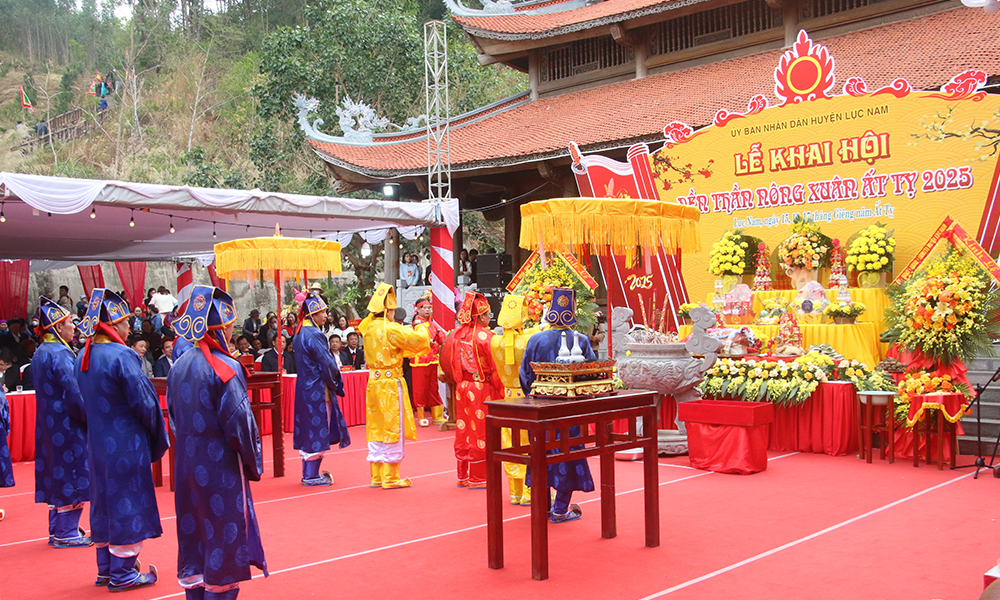

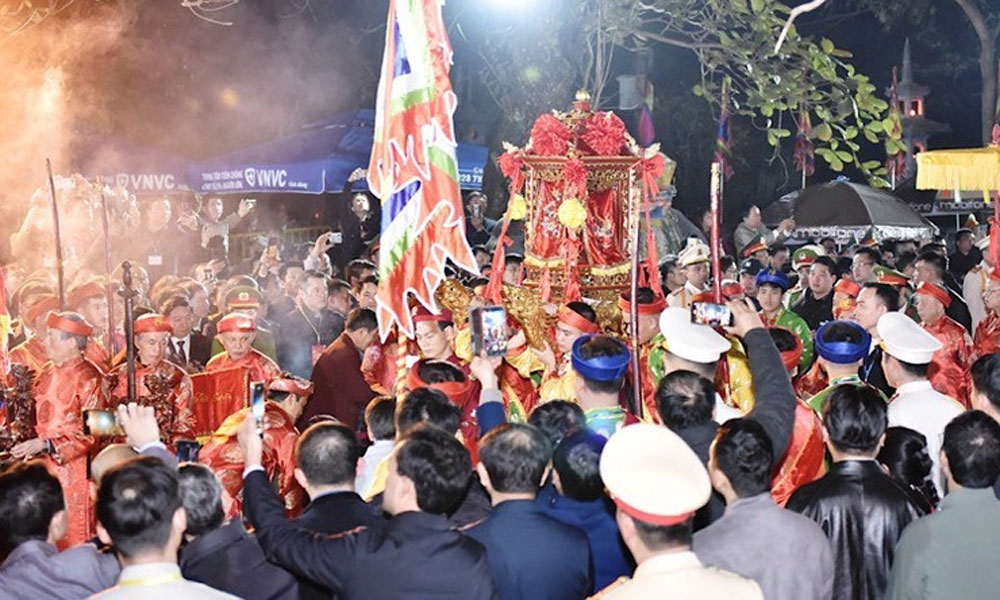




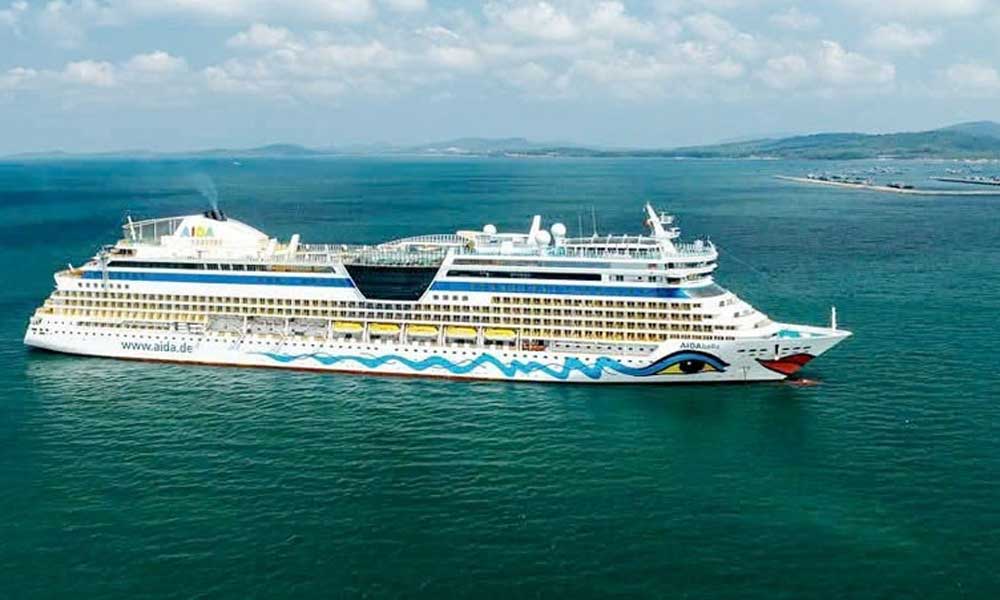
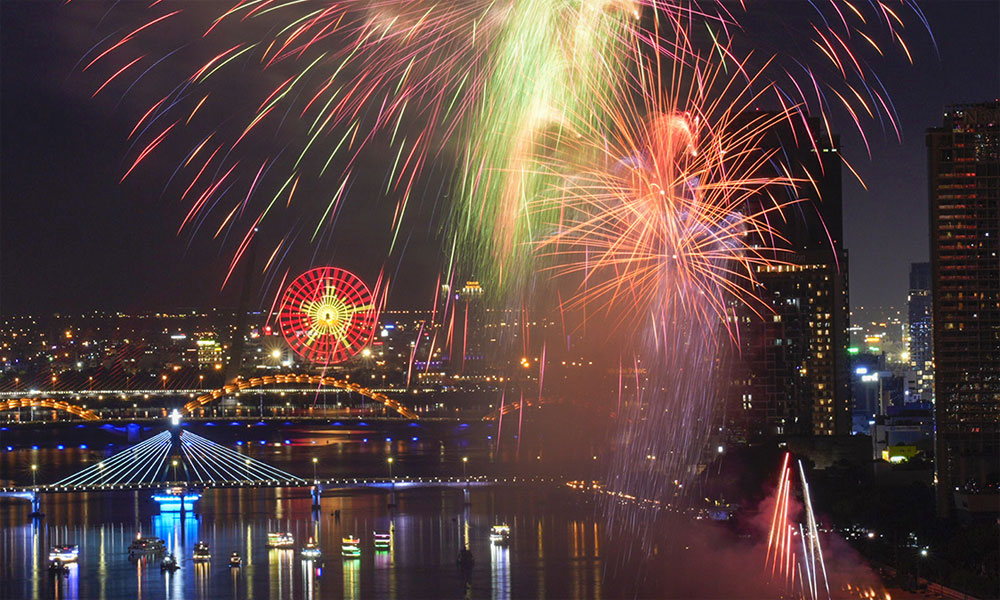
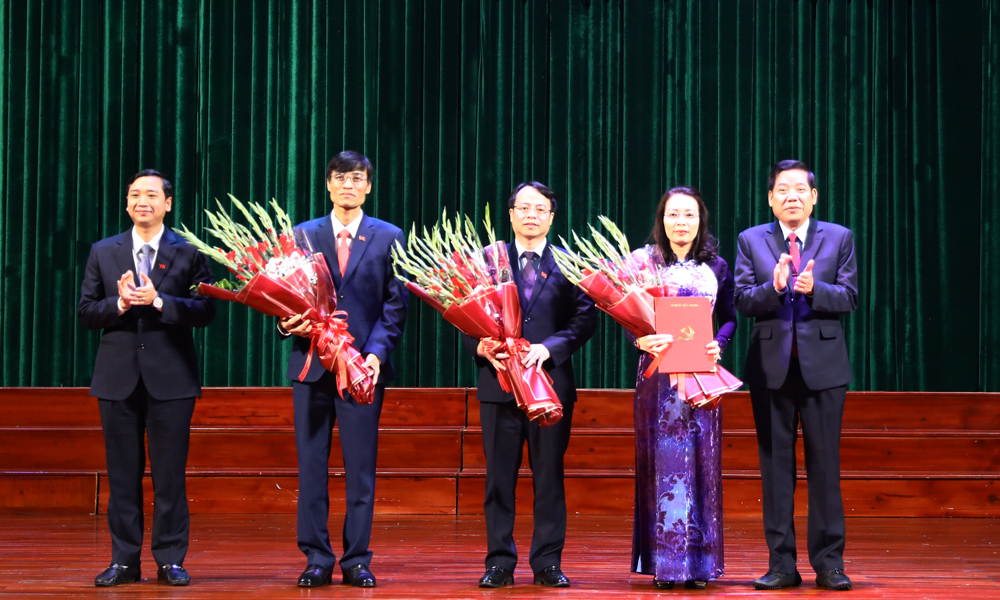


Reader's comments (0)